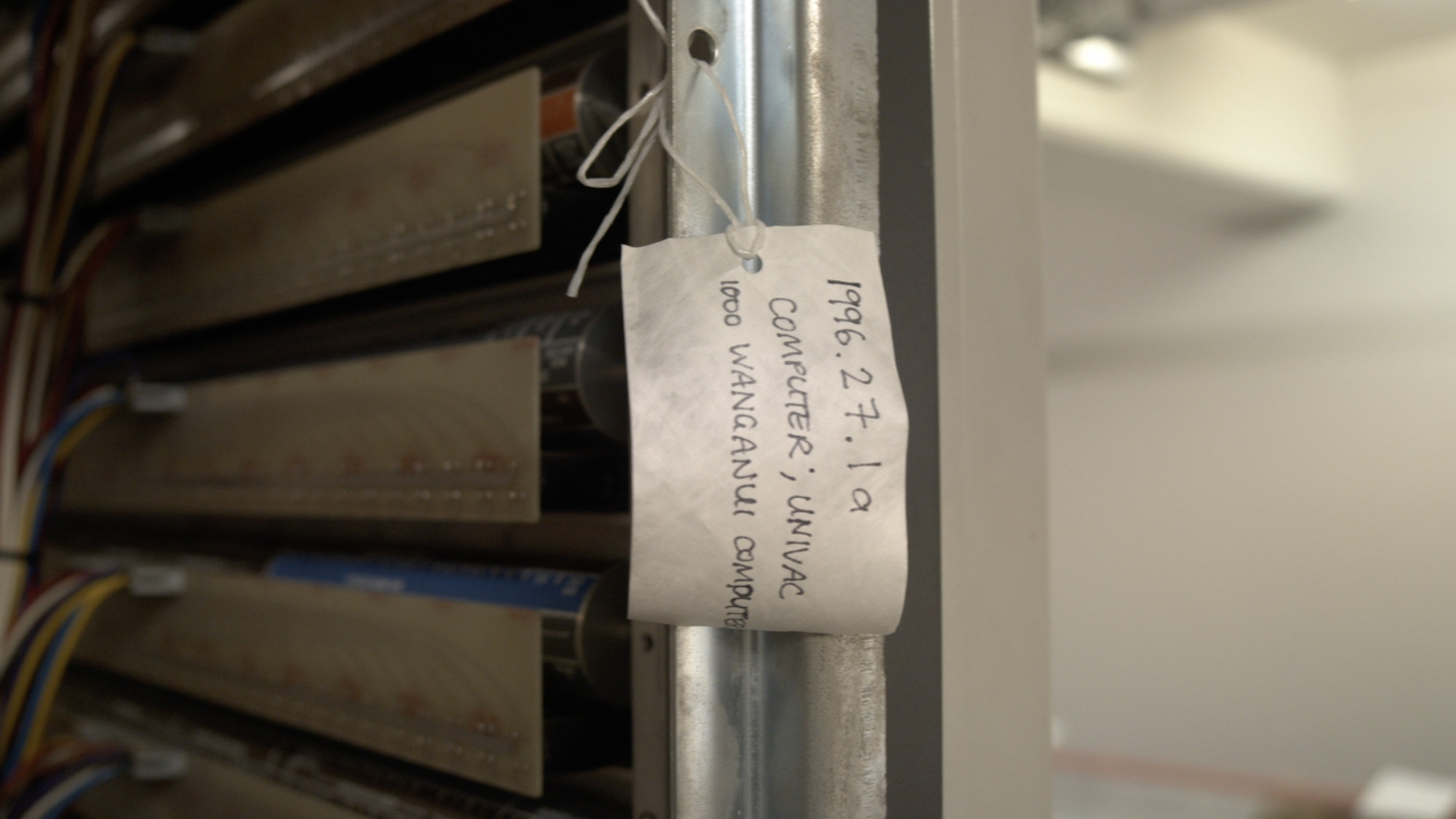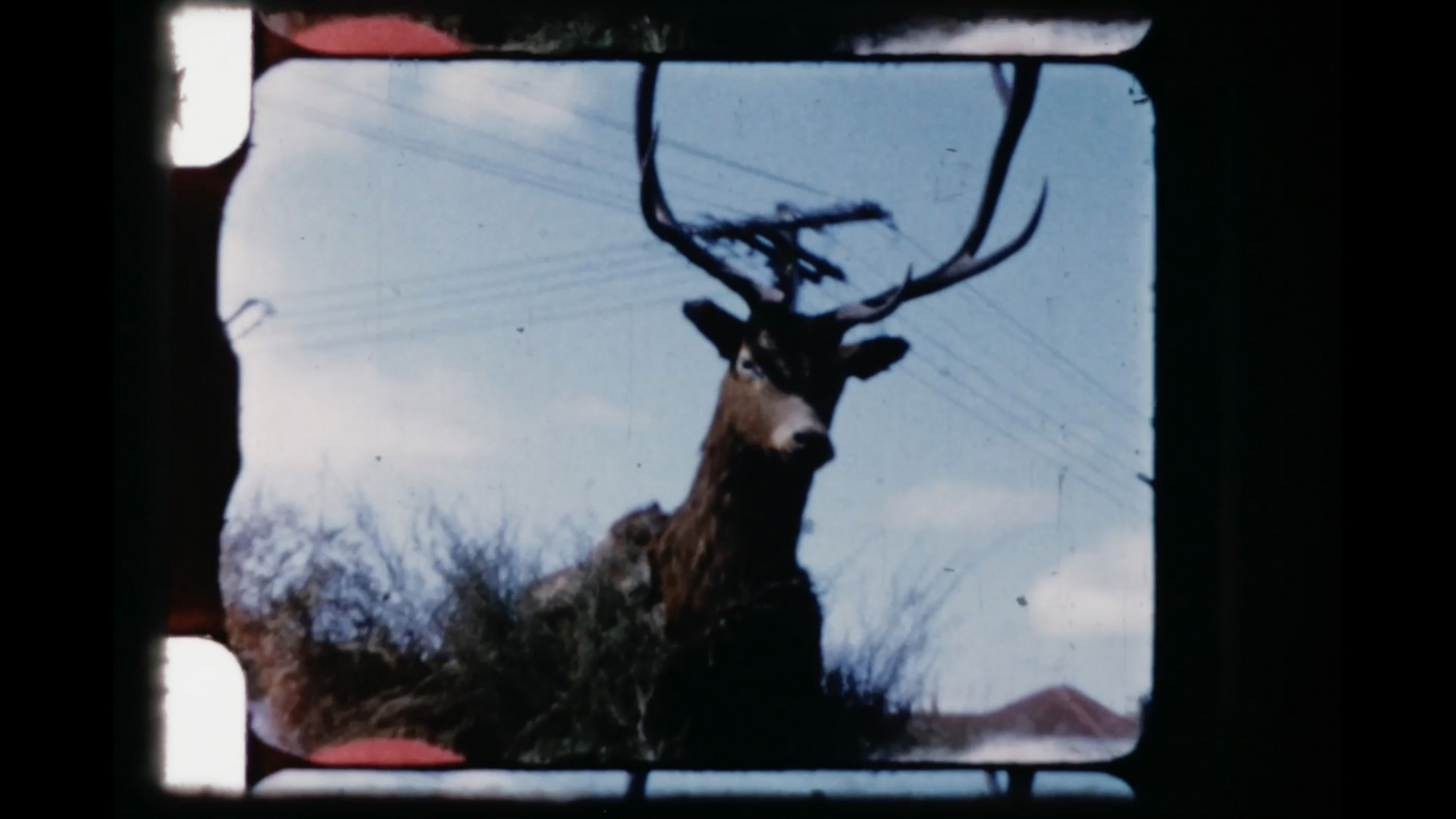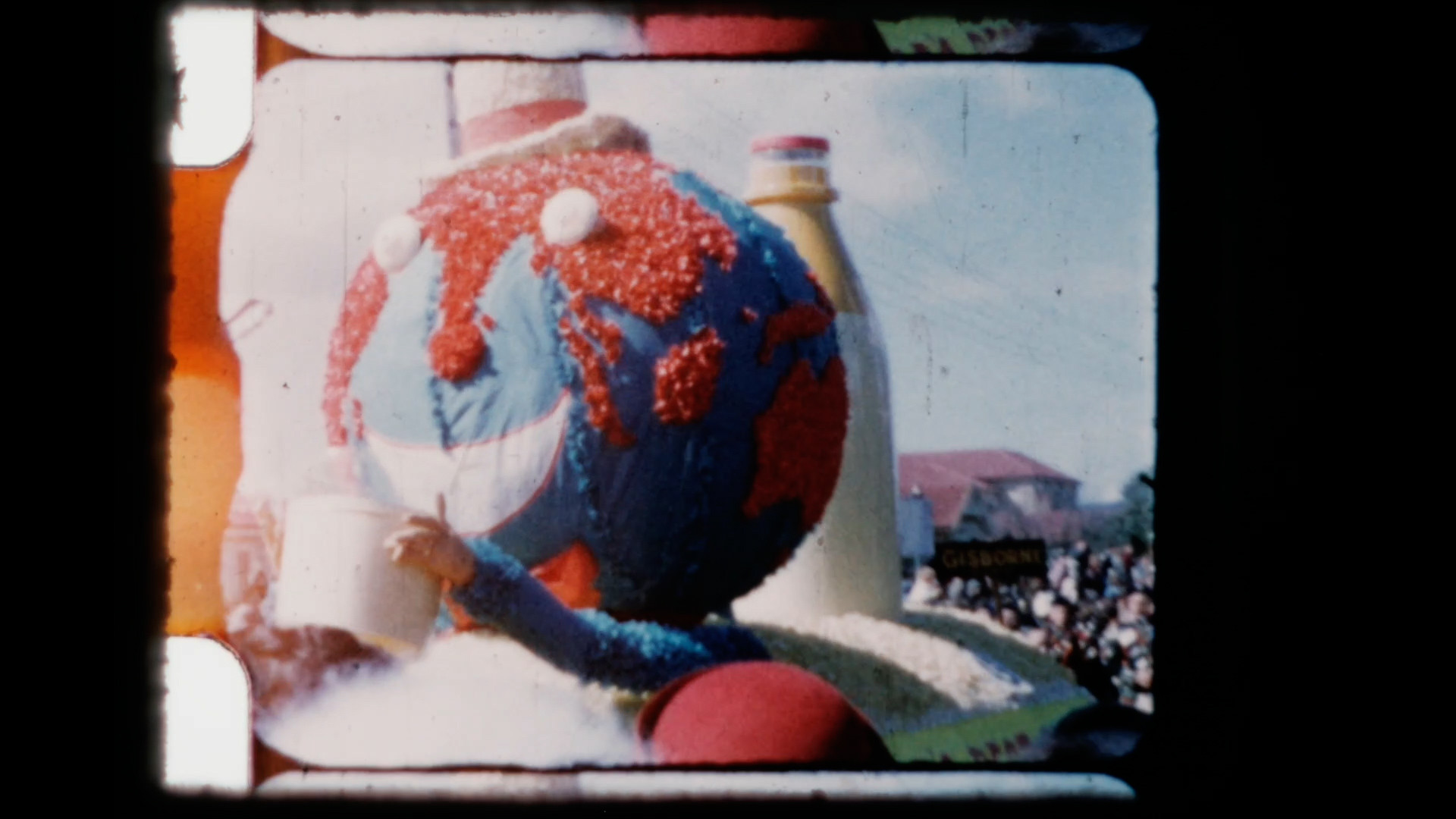Premiere: 'Neighbourhood of Truth' by Cushla Donaldson and Quentin Lind

Still from 'Neighbourhood of Truth', 2021. Courtesy of the artists.

Still from 'Neighbourhood of Truth', 2021. Courtesy of the artists.

Still from 'Neighbourhood of Truth', 2021. Courtesy of the artists.

Still from 'Neighbourhood of Truth', 2021. Courtesy of the artists.

Still from 'Neighbourhood of Truth', 2021. Courtesy of the artists.

Still from 'Neighbourhood of Truth', 2021. Courtesy of the artists.

Still from 'Neighbourhood of Truth', 2021. Courtesy of the artists.

Still from 'Neighbourhood of Truth', 2021. Courtesy of the artists.

Neighbourhood of Truth
Online Screening
Thursday 23 September - Sunday 3 October
Neighbourhood of Truth
Cushla Donaldson and Quentin Lind
2021
45:31 minutes
Courtesy of the artists
Artspace Aotearoa is proud to present the premiere of a new film Neighbourhood of Truth by Cushla Donaldson in collaboration with Quentin Lind. Neighbourhood of Truth will be available to view on Artspace Aotearoa’s website from Thursday 23 September until Sunday 3 October, and coming soon to the Artspace Aotearoa Cinema.
In 1996 a letter was received by detective Brent Garner, 'COP, you drew the straw. Chapter 1 starts. You will die, I guarantee. The Executioner.' These words began what would become one of Aotearoa’s most bizarre crime cases, fuelling existing ‘Satanic Panic’, a recurrent symptom of the dominant culture's floating anxiety. Donaldson and Lind’s Neighbourhood of Truth examines the surveillance, fear and othering mirrored in this 'one-in-a-century-crime'. The film then probes further to unveil sensitivities and fractures within the New Zealand settler colonial psyche and it’s ideologies and what they might mean for the self-determination of working class New Zealanders.
Featuring: Matthew Sunderland, Brenda Slater, Anonymous, Frankie Vegas, Michael Bache
Sound Mix: Colleen Brennen
Special thanks to: Artspace Aotearoa & Remco de Blaaij, Ashurst Library, Barry Searle, David Hall, Daniel John Corbett Sanders, Hiraani Himona, James Eastwood, Jason Ellis, John Laing, Jon Bywater, Jeffery Wong, Madison Lind, May Wilson, Ngaa Taonga Sound & Vision, Te Arahu Gilsenan, Te Manawa, and Whanganui Museum.
Cushla Donaldson:
Cushla Donaldson's practice gives form to the restive and political relationship between forceful public ideologies and the growing cogency and power of unacknowledged realities. The ensemble of personal, social, historical and political events that the artist reflects query the dominant narratives of society and the institution.
Known for her percipient, mysterious and sometimes piercingly comic engagement with aesthetics and their contemporary applications, Donaldson's work both enchants and often remonstrates the public gaze with its political grounding. Using various technologies, yet consistently referring to her long-standing infatuation with mainstream media and cinematic languages, Donaldson meticulously exacts commercial priorities and operates on them for desired artistic outcomes.
Donaldson presented the acclaimed participatory work 501s with the Physics Room at the Melbourne Art Fair in 2018 and developed a parallel collection of commissioned essays and artworks Through That Which Separates Us, published this year. She is currently a postgraduate researcher in the Sociology Department at the University of Auckland, where she teaches Critical Theory. She previously received her MFA from Goldsmiths College, University of London, as a recipient of the Anne Reid Scholarship. Her research circumscribes the crimes of Capital, including the circulation of hate speech, border theater and the intersecting digital worlds of both dominant and marginalised communities.
Quentin Lind:
Artist Quentin Lind was born in Manukau, raised in the Manawatū, but moved throughout Aotearoa/ New Zealand during their formative years. They attended Quay School of the Arts in Whanganui during the process of its closure, then completed their studies at Elam School of Fine Arts in 2016, graduating with an MFA.
Influenced by their early transience, Lind's work is motivated by the visual and cultural languages specific to their geographic identity. Their work has explored working class ritualism, ranging from private to energetic collective actions, which exist as forms of personal and cultural self-fashioning. These traditions are in constant flux, politically contested and historically unfinished, as exemplified in their work Yardstick, their MFA final presentation in 2016.
Currently, Lind's practice is propelled by their interest in horror cinema and the extended field of documentary. They often place film shot by their grandfather, a prolific amateur film maker, in works to examine the relationships between historical, cinematic and domestic spaces. They view genre cinema as a site for exploring the political imagination and an entry point to explore and re-evaluate historical memories.